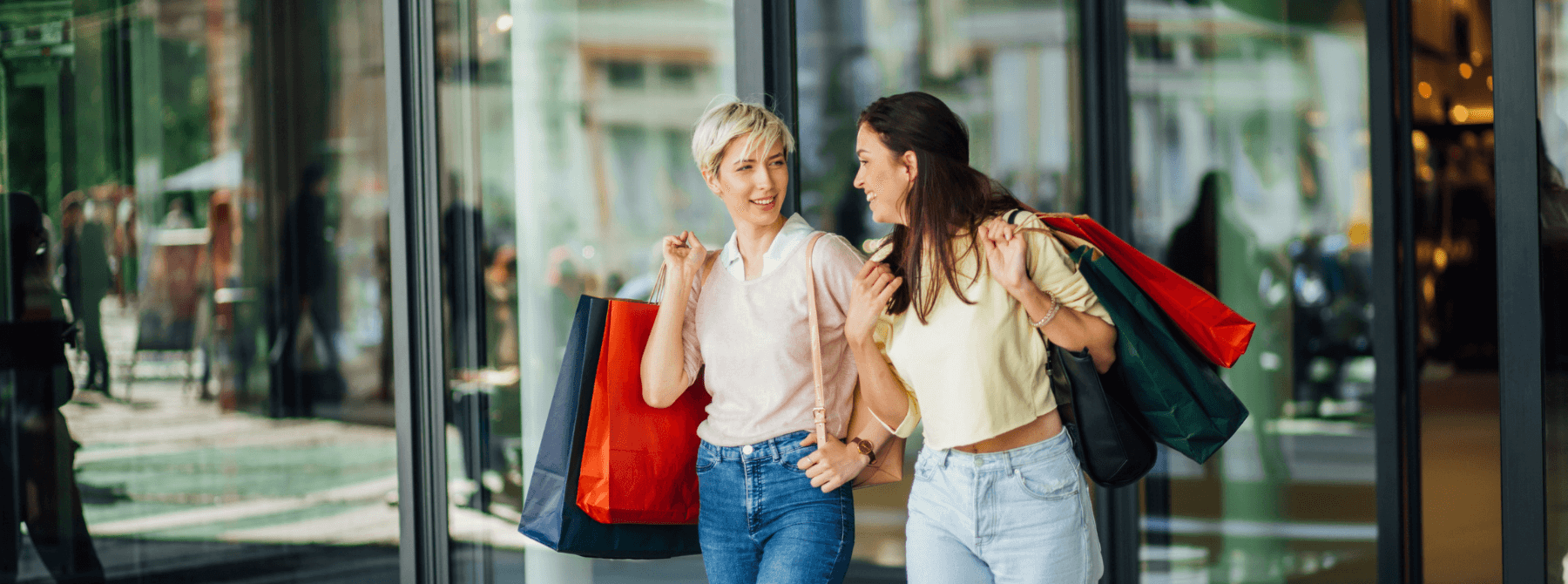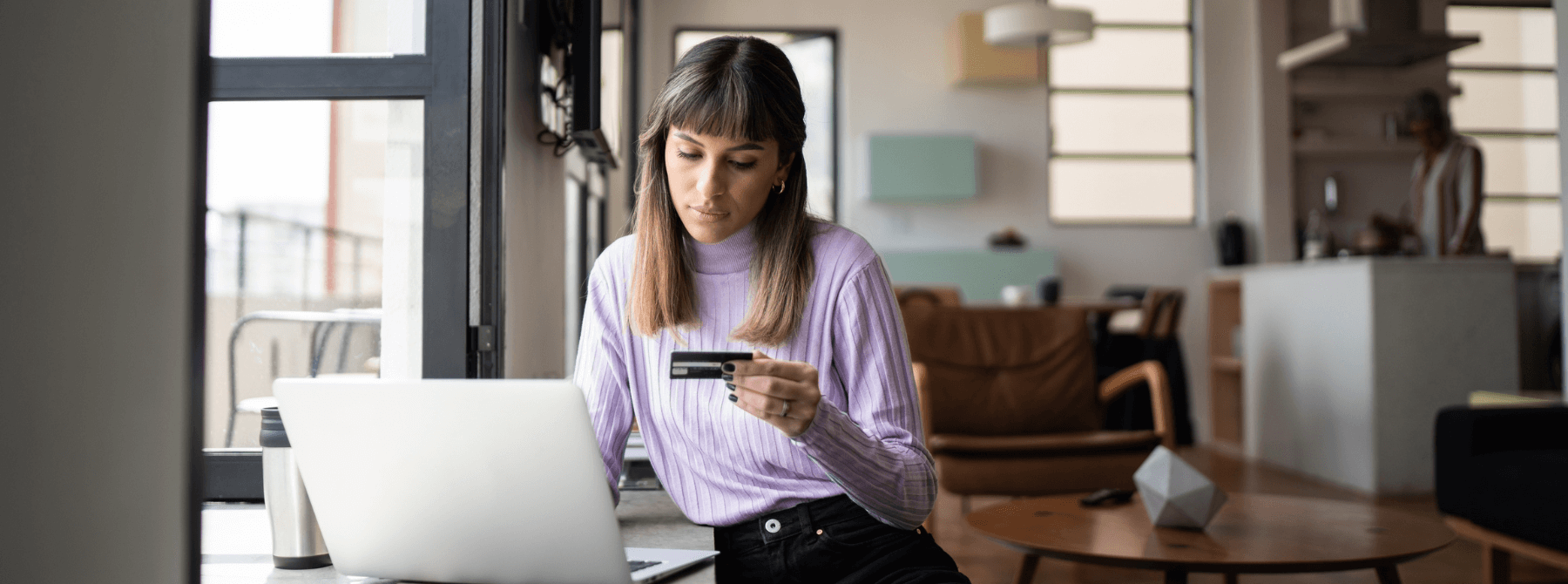
Consumers Emerge from Lockdown Set to Default Mode
When businesses in my native West Palm Beach, Florida began opening their doors to full capacity a few months ago, I embarked upon the pilgrimage I had been anticipating over the last 15 months: Starbucks. Having experimented with whole beans, a French press and a mail order coffee service, I was ready to embrace the default behavior I had established before the pandemic and enjoy a single-serving cup, brewed by an expert, in an empty coffee shop.


What I hadn’t considered is that other customers were ready to resort to their default behavior as well—Starbucks was packed, and few, if any, people were wearing masks. They say it takes six weeks to form a habit, but it apparently took only a few minutes to break this one.
We underestimate the allure of defaults, and rarely more so than in the world of retail. Case in point: After watching numbers slide over the last year, Best Buy reported a 35% stock price increase in the first quarter of 2021. Some of this growth could be attributed to the stimulus dollars sent during Q1, but the truth is that those dollars could have been spent anywhere—but consumers chose to frequent the brick-and-mortar store that was declared dead a few years ago.
To be fair, the pandemic was anything but kind to the old ways of doing business. As of this moment, 14 venerated retailers entered financial peril during the pandemic, including Ann Taylor, Guitar Center and Men’s Wearhouse. The ones that weathered this storm and are emerging on the other side were the ones who made investments in things like curbside pick-up—amenities that might have seemed superfluous in a pre-pandemic world.
Chalk this up as a victory for convenience. And what’s the ultimate form of convenience? Defaults. Engaging in familiar behavior requires zero planning and only a modicum of mental energy.
The commerce team at Rightpoint recently conducted a study on who these shoppers are—age, preferred method of purchase and level of experimentation—and we can categorize the findings as covering the behavioral modes of “seekers” and “stockers.”
Seekers are all about what’s next—they actively demand the newest, best and latest products, and are willing to adopt new modes of purchase on-the-fly. Folks who engage in this shopping behavior skew younger and towards more urban areas with higher household incomes. Everyone else’s behavior can be classified as that of a stocker, or those who prioritize predictability and dependability over the next thing.
Given this information, plus my eyewitness account at Starbucks, I predict we will start seeing a seismic shift back to in-person retail that carries through the rest of the year.
Here’s more on how this move will have ramifications in both the short and long term.
Short-term implications
After my visit to Starbucks, I ventured to a spot far more forlorn: an indoor mall. Remember those? Apparently, many consumers do, which might explain why once again I was surprised to find this spot jam-packed as soon as restrictions were lifted. Much of the locale remains the same, food court and all, but I did notice an abundance of ads promoting stores’ buy now, pay later programs.
I suspect a lot of consumers are going to opt for this purchasing method. But more so than attracting consumers, buy now, pay later options allow companies to juice the stats a bit on in-store spend.
Long-term implications
It has been predicted is that the increase in dollars over the last quarter resulted from “revenge spending,” or the practice of venting anger and frustration by opening your wallet to impulsive and, sometimes, irrational purchases as compensation for so much time spent at home. Instead, I see this as a harbinger of the “Roaring ’20s” narrative that this level of spending is a natural byproduct of the pandemic, as it was after the 1917 flu epidemic.
The next few months will test consumers’ appetites for online versus in-store shopping, as these channels are currently operating simultaneously. This should be only temporary, though, as omnichannel businesses simply can’t afford to have one channel win while another loses—setting arbitrary, siloed growth metrics per channel that would cause them to compete.
I predict a trend towards cooperation between channels, given that digital is going to struggle to compete with itself and brick-and-mortar despite tail winds last year.
Holiday, and increased spending, is right around the corner
OK, I lied, there’s another consideration that’s not quite in the long term but isn’t necessarily taking place tomorrow: the upcoming holiday season. Much like in previous years, consumers will expect promotional prices on products, which will result in lower margins and supply during a season already rife with supply chain delays exacerbated by the pandemic.
Plus, despite all the changes that needed to be executed over the last year, I still find many online shopping experiences woefully inadequate for the type of bargain bin shopping that occurs during Black Friday. Many of these systems don’t offer search functionality within their sales page—only one long list of items that customers are directed to from sales or promotional emails, at which point the endless scroll begins and is quickly abandoned.
Make sure your holiday digital experience is bang on and includes lots of “good friction.” This can take the form of a pause after a search is performed, engaging in dialogue with the consumer on their precise shopping needs. Asking these sorts of questions helps consumers quickly make a sale and allows you to collect a bit of first-party data in the process.
You have six months to create a mind-blowing experience that will turn heads—make the digital window as cool as the physical one. Otherwise, your store will sit empty while others are packed, because while default behavior can drive consumers to visit, it won’t make them stay.


